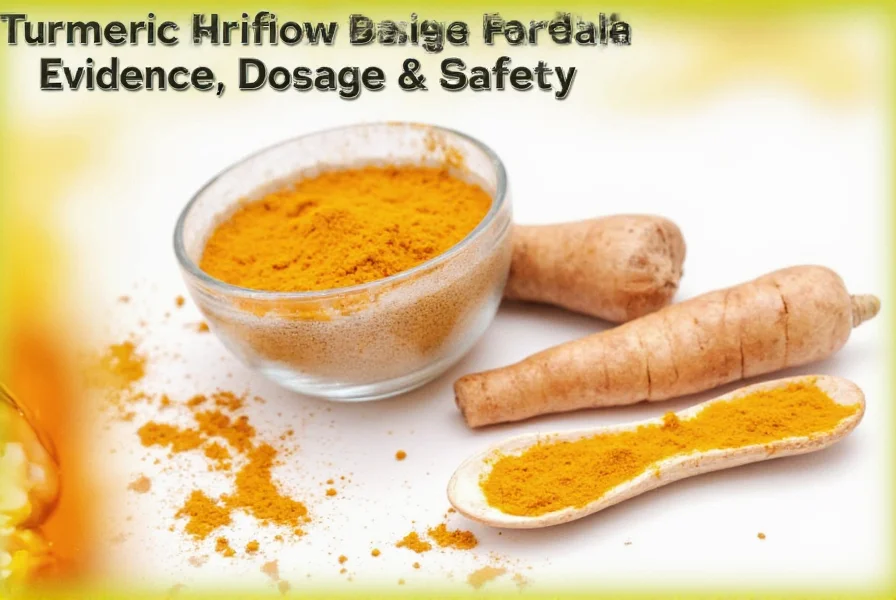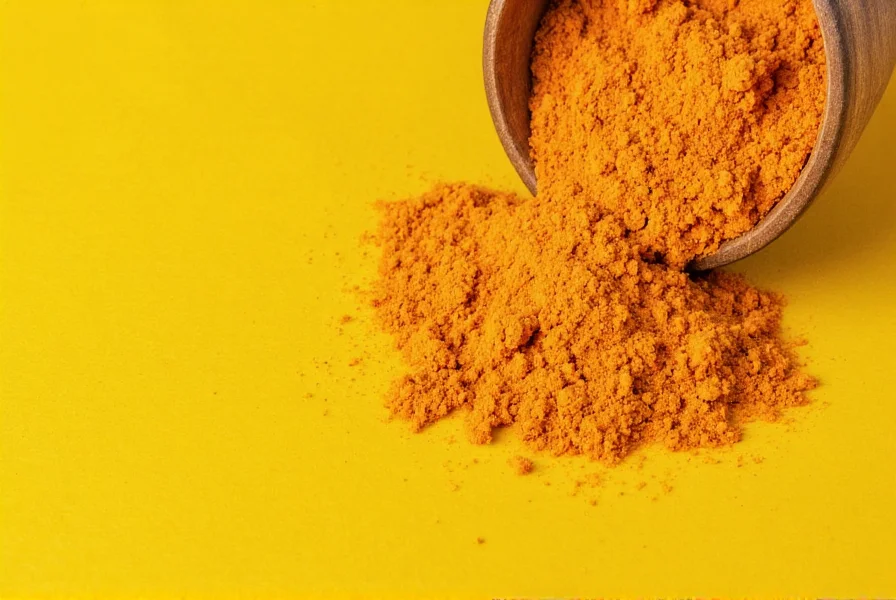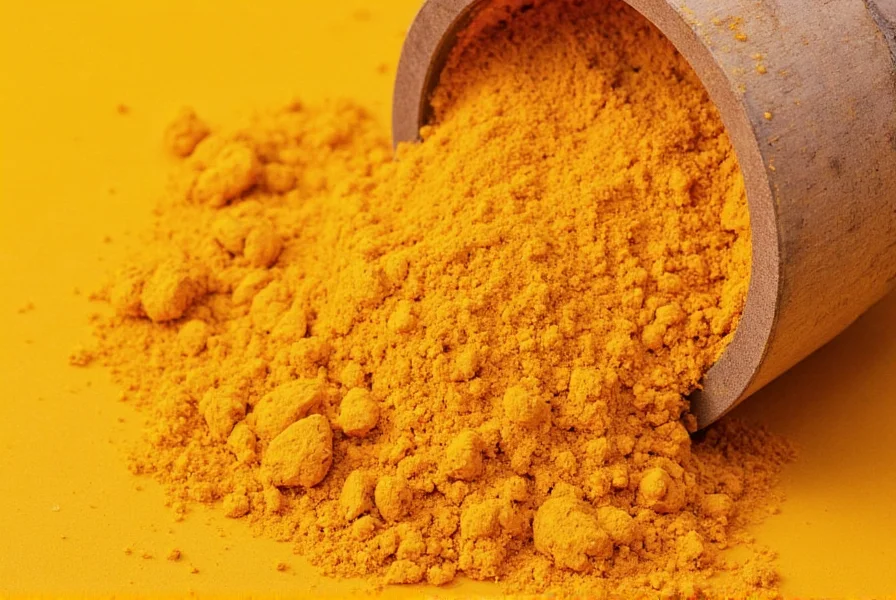For centuries, turmeric has been used in traditional medicine systems across Asia for its healing properties. Modern science is now validating what ancient practitioners observed: this vibrant yellow spice contains compounds that may help alleviate pain, particularly pain driven by inflammation. As interest in natural pain management options grows, understanding the evidence behind turmeric's effectiveness becomes increasingly important.
The Science Behind Turmeric's Pain-Relieving Properties
Turmeric's primary active component, curcumin, functions as a potent anti-inflammatory agent. Inflammation plays a key role in many chronic pain conditions, including arthritis, muscle soreness, and certain types of nerve pain. Curcumin works by inhibiting multiple molecules involved in the inflammatory process, including cytokines and enzymes like COX-2—similar to how some non-steroidal anti-inflammatory drugs (NSAIDs) function, but through different pathways.
One significant challenge with turmeric is bioavailability—your body doesn't easily absorb curcumin on its own. Research shows that combining turmeric with black pepper, which contains piperine, can increase curcumin absorption by up to 2,000%. This explains why traditional preparations often combine these spices. Modern supplements frequently include piperine or use specialized formulations to enhance bioavailability.
Evidence from Clinical Research
Multiple clinical studies have investigated turmeric's effectiveness for various pain conditions. A comprehensive review published in the Journal of Medicinal Food analyzed nine clinical trials involving 794 participants with osteoarthritis. The analysis concluded that curcumin supplementation significantly reduced pain and improved physical function compared to placebo.
| Condition | Study Duration | Curcumin Dosage | Reported Benefits |
|---|---|---|---|
| Osteoarthritis | 8-12 weeks | 1,000 mg/day | 30-40% pain reduction, improved mobility |
| Rheumatoid Arthritis | 8 weeks | 500 mg twice daily | Reduced joint swelling, morning stiffness |
| Post-Surgical Pain | 3-7 days | 400 mg three times daily | Reduced pain medication requirements |
While these results are promising, researchers note important limitations. Many studies have relatively small sample sizes, and the quality of turmeric supplements varies significantly. Additionally, most research examines short-term effects, with limited data on long-term use for chronic pain management.
Practical Application: Using Turmeric for Pain Relief
If you're considering turmeric for pain management, understanding proper usage is essential. For culinary use, incorporating 1-3 grams of turmeric powder daily into your cooking provides some benefits, though this delivers less curcumin than therapeutic doses used in studies. To achieve the doses used in clinical research (typically 500-1,500 mg of curcumin daily), supplementation is usually necessary.
When selecting supplements, look for products that include black pepper extract (piperine) or phospholipids to enhance absorption. Some formulations use nanoparticles or other technologies to improve bioavailability. Always check for third-party testing seals that verify product quality and curcumin content.

Safety Considerations and Potential Interactions
Turmeric is generally safe when consumed in food amounts, but higher supplemental doses require caution. Some people experience gastrointestinal discomfort, including nausea or diarrhea, particularly at doses above 1,500 mg daily. Curcumin may interact with blood-thinning medications, diabetes medications, and certain chemotherapy drugs.
Individuals with gallbladder issues should consult their healthcare provider before using turmeric supplements, as it may stimulate bile production. Pregnant women should avoid high-dose supplementation, though culinary use is generally considered safe. As with any supplement, discuss turmeric use with your healthcare provider, especially if you have underlying health conditions or take prescription medications.
Managing Expectations: Turmeric in Comprehensive Pain Management
While turmeric shows promise as a natural pain management option, it's crucial to maintain realistic expectations. Research suggests it may provide moderate pain relief for some individuals, particularly those with inflammatory conditions, but it's not a miracle cure. Most studies show turmeric works best as part of a comprehensive approach that includes conventional medical treatments, physical therapy, exercise, and other lifestyle modifications.
For acute, severe pain, turmeric alone is unlikely to provide sufficient relief. It may work better for chronic, low-grade inflammatory pain. The effects typically build gradually over weeks rather than providing immediate pain relief. Patience and consistent use are important when evaluating turmeric's effectiveness for your specific pain condition.

Conclusion: Evidence-Based Approach to Turmeric for Pain
The scientific evidence supporting turmeric, particularly curcumin, for pain management continues to grow, especially for inflammatory conditions like arthritis. While not a replacement for conventional medical treatments, it shows promise as a complementary approach. When considering turmeric for pain relief, prioritize high-quality supplements with enhanced bioavailability, be mindful of potential interactions, and maintain open communication with your healthcare provider. As research evolves, our understanding of how best to utilize this ancient spice for modern pain management will continue to improve.
Frequently Asked Questions
How long does it take for turmeric to work for pain relief?
Most clinical studies show effects becoming noticeable after 4-8 weeks of consistent daily use. Some people report subtle improvements within 1-2 weeks, but significant pain relief typically requires at least a month of regular supplementation. The timeframe varies based on the individual, the specific pain condition, and the formulation's bioavailability.
Can I use regular turmeric spice from my kitchen for pain relief?
While culinary turmeric provides some health benefits, the curcumin concentration is relatively low (about 3% by weight). To achieve the therapeutic doses used in pain studies (500-1,500 mg of curcumin), you would need to consume impractical amounts of the spice—approximately 15-50 grams daily. For pain management purposes, standardized curcumin supplements are generally more effective than culinary turmeric alone.
Is turmeric effective for back pain?
Research specifically on turmeric for back pain is limited compared to studies on arthritis. However, since many back pain conditions involve inflammation, turmeric may provide some benefit as part of a comprehensive treatment plan. A 2020 study in Phytotherapy Research found curcumin supplementation reduced pain and improved function in patients with chronic low back pain, though results were more modest than for joint-specific inflammatory conditions.
What's the difference between turmeric and curcumin for pain management?
Turmeric is the whole spice containing approximately 3% curcumin by weight. Curcumin is the specific compound responsible for most of turmeric's anti-inflammatory effects. For pain management, standardized curcumin extracts (typically 95% curcuminoids) deliver significantly higher concentrations of the active compounds than whole turmeric powder. Most clinical research on pain relief uses curcumin extracts rather than whole turmeric.
Can I take turmeric with my regular pain medication?
In many cases, yes—but you should consult your healthcare provider first. Turmeric may complement conventional pain medications, potentially allowing for lower doses of pharmaceuticals. However, it can interact with blood thinners and may enhance the effects of NSAIDs, increasing the risk of stomach irritation. Never discontinue prescribed pain medication without consulting your doctor, and always discuss adding supplements to your regimen.











 浙公网安备
33010002000092号
浙公网安备
33010002000092号 浙B2-20120091-4
浙B2-20120091-4